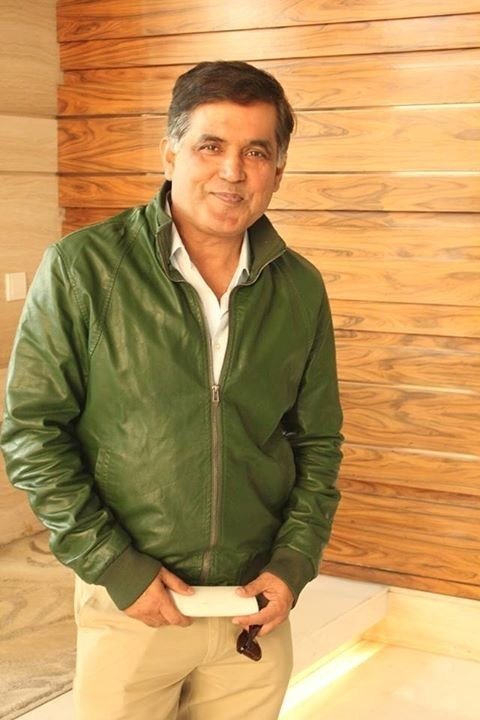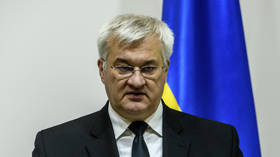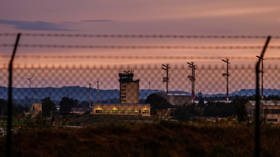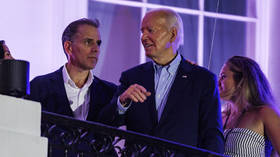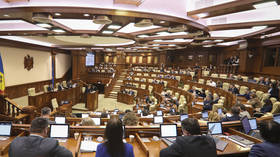As India heads into coronavirus lockdown, Modi faces one of his biggest challenges: How to ‘isolate’ a billion citizens
With China seemingly out of the coronavirus woods, the world’s second most populous nation is yet to face the worst of it. For Indian PM Narendra Modi, the coming days might be his greatest disaster… or greatest triumph.
It’s easy for headline-hunters to run away with the screamer that Modi “asks citizens for self-curfew on March 22,” which indeed he did in his address to the nation on Friday. However, the seriousness of his warning to citizens that they need to “isolate” themselves wasn’t lost on anyone.
“Science still doesn’t have a vaccine for [the coronavirus]. The trend in countries shows it explodes after a few benign weeks,” warned Modi, lest Indians be lulled into complacency by the reports of four deaths and 180 cases thus far, and come to think that India’s 1.37 billion people are somehow immune to the lurking danger.
Quietly preparing for siege
The Indian state itself has slowly switched to a “lockdown” footing, though the government has desisted from a formal announcement, figuring it would only further the panic and not the cause.
Starting March 22, international flights will not be allowed to land for a week. Railways are cancelling trains by the hundreds. States are shutting down public transport. Formal curfews are being imposed in India’s busy hinterland cities. Shops have been forcibly shut down, except for essential services such as groceries and chemists – as has been the case in Jammu, a city in the Himalayan foothills.
Also on rt.com New Delhi to impose 1-week ban on commercial flight landings in India as it cracks down on coronavirusIndia’s secondary education exams, a touchstone for millions of teenagers aspiring to a quality higher education, have been postponed. Universities have been asked to shutter till the end of March. A government advisory has asked persons above 65 and children below 10 to stay at home. There is no telling when an evening out in shopping malls, now closed, will be in the realm of possibility again.
India’s health ministry has been converted into a virtual war-room. Screenings are no longer limited to the airports alone. Random tests are being administered to citizens, albeit on a very small sample still. Approved laboratories are training new ones. Quarantine beds and virus kits are being built up, while the export of drugs has been halted.
Reasons to worry
India has reasons to be concerned. If the worst fears were to come true, it would struggle with medical preparedness. It is a densely populated country, with big cities having upwards of 20 million residents. Hygiene is still a worry. Millions of Indians can’t stay indoors all the time, either: if they do, they could spend nights on an empty stomach. An urban civilization, breathing in a tropical climate where infectious diseases thrive, is flirting with a horrific tragedy.
India simply can’t afford to overburden its medical infrastructure. Indeed, Modi has asked citizens to avoid hospitals if they can.
“Postpone surgeries if you could; don’t burden hospitals; seek advice from family doctors or on phone,” he said.
The telltale signs on the streets and in the neighbourhood do convey that people are on the edge. Long stretches of once-busy streets are now deserted. Neighborhood parks, usually bustling with humanity in the morning and evening hours, are now almost empty. House-wives are stacking up shelves in kitchens with essentials, lest they run out of stocks. Masks and sanitizers are not easy to come by.
If Modi’s words are heeded, we could see a spectacle at 5 pm on Sunday, when millions could be whistling or clapping for those legions of masked medical and other essential staff who are standing between “you and corona,” in the PM’s words.
“We should be at the forefront of this fight against the pandemic. Like the doctors and nurses, baggage handlers and crew members of aircrafts who are evacuating stranded Indians from abroad,” Modi said.
Although the PM has said he does not intend to abandon the ongoing budget session, it is clear that the pandemic has disrupted many of his ambitious plans, from modernizing India’s army and economy to expanding trade and becoming a leader in the region. All of that will now have to take a back seat to battling the coronavirus – with Modi’s political survival, as well as that of millions of Indians, on the line.
Subscribe to RT newsletter to get stories the mainstream media won’t tell you.
The statements, views and opinions expressed in this column are solely those of the author and do not necessarily represent those of RT.
